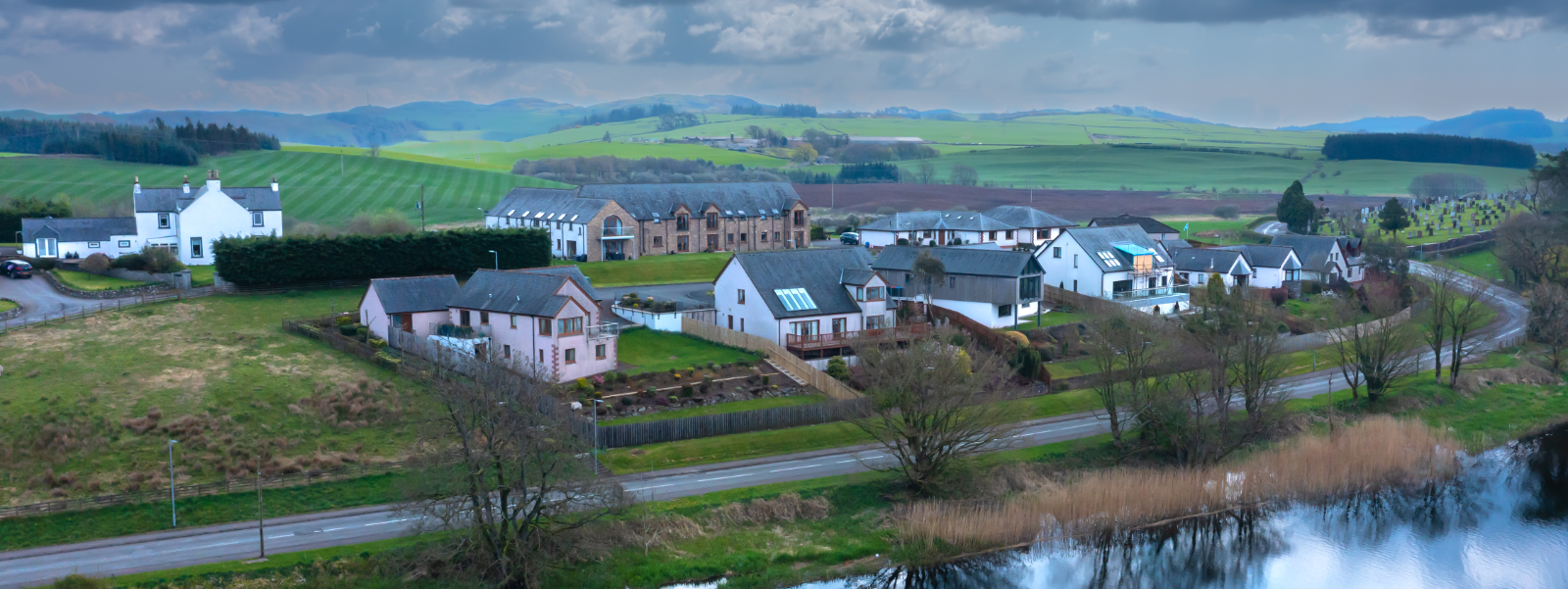
A new Guiding Principles and Actions framework to enhance the long-term value of Community Benefit Funds across Scotland and beyond has been published.
Led by the Strathclyde Institute for Sustainable Communities, which draws together researchers from Strathclyde Business School and the Faculty of Engineering at the University of Strathclyde, the framework will help to ensure the financial contributions linked to low-carbon projects deliver sustained benefit to communities.
Local priorities
Community Benefit Funds, most commonly linked to renewable energy developments such as onshore wind farms, have become an important mechanism for sharing project revenue with communities to invest in local priorities.
In the last 12 months, such funds have distributed more than £30 million from across 283 projects in Scotland. The scale and breadth of investment is expected to accelerate too, linked with a projected growth in renewable energy projects and a growing trend for similar community funds to be applied to other types of developments, such as electricity transmission networks and nature-based carbon projects.
In this context, there is a need for updated, evidence-based guidance to ensure this wave of new investment generates lasting community benefit. The Guiding Principles and Actions fills this gap.
Impact evaluation
Covering the lifecycle of a Community Benefit Fund – from its initial design through to its evaluation – the framework is structured around four principles, that a Community Benefit Fund should incorporate a long-term strategic alignment with community priorities, transparent and inclusive governance, support for community wealth building, and robust impact evaluation. It also highlights the actions required to implement these principles, as well as solutions to overcome potential barriers to action.
One proposed solution is to align with inflation the Scottish Government’s recommended starting community benefit package value of £5,000 per megawatt of installed generation capacity, paid each year to communities. If this was already the case, the starting value would be around £6,695 in 2024 – about a third more than it was in 2014.
Professor Matthew Hannon, Director of the Strathclyde Institute for Sustainable Communities, who led the project, said:
The shift to net zero presents an opportunity not just for decarbonisation but for community empowerment. Our Guiding Principles and Actions framework helps to ensure that the funds flowing into communities from renewable energy and other low-carbon projects are used in a way that reflects local needs, supports community wealth building, and ensures more communities reap the long term benefits of these projects.
The research team brought together a diverse mix of Community Benefit Fund practitioners, including Community Councils, Development Trusts, intermediaries and renewable energy developers to learn about what was working well with community benefit arrangements and where the challenges are. The work was co-authored with Foundation Scotland and funded through the University’s Knowledge Exchange scheme.
Critical moment
Dr Jen Roberts, Deputy Director of the Strathclyde Institute for Sustainable Communities, and co-author of the study added: “This is a critical moment for communities in Scotland and beyond. Done right, climate action can support communities to be sustainable thriving places. It is vital that communities are not passive recipients but active partners in shaping and benefitting from these projects. Our framework supports that goal.”
Rachel Searle, Head of Communities & Impact at Foundation Scotland, and co-author added: “This has been a real collaborative effort and brought together a rich blend of academic rigour and real-world experience, drawing on a diverse mix of community benefit practice that has developed in Scotland over the last 15 years.
“We hope the framework helps drive up good practice as the scale of net zero activity ramps up and more communities have the opportunity to share in its benefits.”